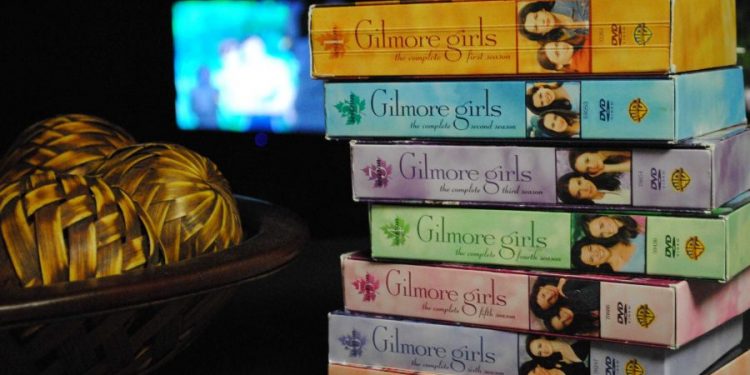By Kathryn Wolper
Netflix’s “Gilmore Girls: A Year in the Life” continuation highlighted Hollywood’s issue with representing people of color. (Courtesy of Flickr)
When old TV series receive the Netflix reboot treatment, they face a number of concerns about content and diversity, especially through commentary on social media. This Thanksgiving, when Netflix released “Gilmore Girls: A Year in the Life,” fans’ initial reactions were mainly plot focused. As conversations about the plot died down, more serious conversations about racial representation arose.
For example, according to Buzzfeed, Rahawa Haile made a Tumblr blog documenting the appearance of each black character and whether he or she has a name or any lines. The purpose of her project was to show that, although there was some racial diversity in “Gilmore Girls: A Year in the Life,” much of it was cursory at best.
Since diversity of representation has not changed much between “Gilmore Girls” and “Gilmore Girls: A Year in the Life,” the uproar can be attributed not to the show itself, but to the sensibilities and communication tools of the audience. During the show’s original run from 2000 to 2007, viewers weren’t making widespread use of social media to discuss plot points, much less social issues associated with the show’s cast.
However, today’s bloggers, Twitter users and Facebook users take to their platforms to discuss what they see and the social implications of the content.
Social media’s influence on TV criticism increases accountability. The hard truth is that old shows brought back through reboots cannot always stand the test of widespread fan criticism that crosses racial, geographical and social boundaries. People are likely to notice, point out and talk about troubling things in the shows that they’ve long awaited.
Of course, this criticism presents a challenge to TV writers looking to reboot their shows. Some may choose to adapt their content to meet the socially conscious and outspoken present day audiences, while others may choose to stay true to the original show to appease fans. Either choice is risky.
The possibility of criticism should not discourage TV writers from trying to make reboots. The reboot is a challenge filled with nuance and meaning. Shows matter to their fans, their casts and their crews. Furthermore, they contribute to culture in a significant way and can help mold the way people talk about race in entertainment. The ways that audiences react to reboots of TV shows demonstrate the social responsibility that audiences expect of artists.
The failure on the part of the writers of “Gilmore Girls: A Year in the Life” to include satisfying and nuanced diversity in their reboot is also a lesson to people who engage with TV online. Viewers ought to be vigilant in making sure that representation is robust and that writers join in the conversation about diversity and representation in film and TV.





